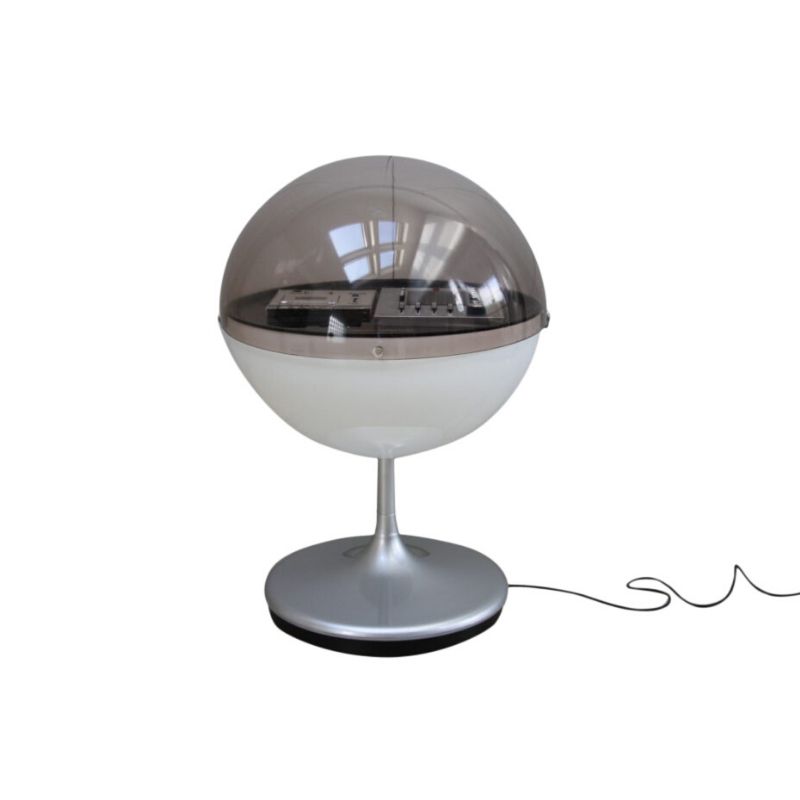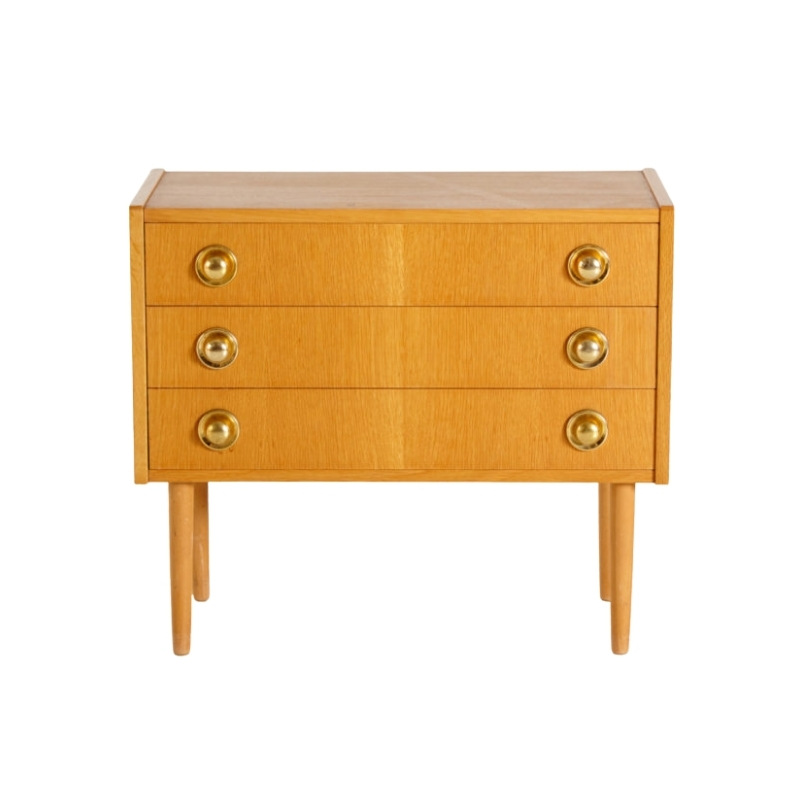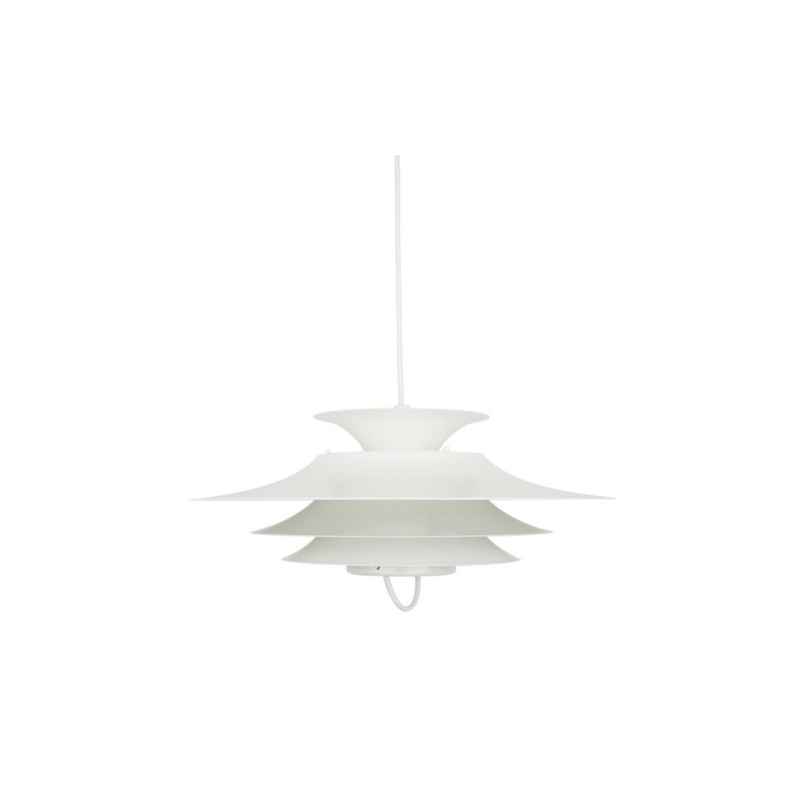I would venture to say, that most of us here have a common thread of taste when it comes to scale and proportion dealing with architecture and furnishings. I think we would be hard pressed to find any object that a seasoned DA loves without finding at least a handful of other DAs who share the appreciation.
With an abundance of near absolutes when it comes to buildings and furnishings I find it interesting that there are so many variables at play in making (in our minds) a perfect atmosphere. I think many or all of us would agree on a number of furnishings without much debate; a Florence Knoll credenza, a Nelson CSS, a Wegner chair.
It's when things of personality drift in that differences in opinion tend to erupt; photographs, artwork, textiles, collected objects. Ultimately, this leads me to believe that while DAs tend to place a huge emphasis on individually praised designs the real king of interior design are the accessories that are hardly discussed.
It's amusing to me that a room with all the right objects and none of these accessories are reprimanded as being too impersonal, uninviting, or too trite.At the same time, a room with the "wrong" accessories are simply passed over for not being to the viewer's taste.
Therefore, there is a huge importance on accessories. We know they must be there in order to illustrate the occupant's personality and to embed a human touch to the design in question. If you were to include all the "right" accessories (those that are in keeping with current or obvious trneds) it would be obvious to everyone. If you were to toss them about with little regards for it's connection to the environment, it would come across as a mess.
Perhaps the real way to treat a box full of personal accessories is to treat them as an exhibition; Using the most interesting, most telling, most descriptive pieces.
I would like to add that by accessories, I don't mean little objects picked up at the MoMA store or the like. I am not referring to your Nelson clocks, your House of Cards, etc.
I am speaking about your old photos, heirlooms, little trinkets that remind you of someone or somewhere, your "undesigned" objects that hold a different meaning but one that is still very important.
The way you make these things speak (or hide) in your life. Could it say something? Is it more important than you think? I feel the most successful residential interiors does not let these things go ignored, but praises them on an equal pedestal shared with design.
Personal touches
Whitespike, I've thought about this as well. It's relatively easy and a little dull to fill a home with the best of Herman Miller and Knoll, it's those personal collections and belongings that make an interior truly interesting for me. My wife and I find inspiration in, ironically, the interior home photos of the Eames themselves. We love the whimsical touches of their collections and artwork. Our own collections and dare I say "knick knacks" include folk art, toys of the past and present and many other items that remind us of friends, family and times together that we feel integrate well without a feeling of clutter.
I would say yes, and most...
I would say yes, and most interior decorators (professionals as well as amateurs decorating their own homes) seem to agree.
What I would question is the "undesigned" or personal aspect of these accessories. Decorators often use objects that look or are made to look exactly like that, but that have no meaning to the inhabitants whatsoever.
So as an observer, how can you tell genuine personal accessories from fake? I guess there is no way of knowing until you ask the people living there. And does it matter? Do these items project a false image or are they just decoration?
A reflection
Hegel would say that the need for recognition is what drives human history, that recognition is what makes the self real. Everything people do is an externalization of the self, created to overcome alienation and exerting control of your environment.
Since few humans today have the ability to build their own living spaces and furniture they exert themselves in smaller goods - not unlike clothing or jewelry. Despite mass production of these small goods, there is enough variety to bring about a sense of individuality (altho - have you ever been to a party and been wearing the same shirt as another guest : awkward).
However, there must be limits and context to a persons uniqueness. Otherwise, as Whitespike points out, a space becomes unfathomable to the viewer. "not my style" is a phrase tossed about interior blogs. The translation is "I cannot relate to this space".
I would say that accessories aren't necessarily king in an environment - after all, accessories alone cannot carry a poorly built/designed space. But they play a pivotal role in assuring that the space fits into a socially accepted range of the norm: what Whitespike calls "successful spaces". And if the living space is truly a reflection of the inhabitant then a successful space represents a socially successful/acceptable person.
"if the living space is...
"if the living space is truly a reflection of the inhabitant then a successful space represents a socially successful/acceptable person."
I love this statement. It's nearly genius.
And I wonder if some of our deepest intentions as design junkies is to take our creative choas that resides in our heads and turn it to something beautiful and socially acceptable. Whereas other artistic people might be more rebellious and feel the need to make his/her environment socially unacceptable.
Are we trying to be seen as socially successful in a (in our minds) individualistic manner? Could that be some of the allure to modernism? While realizing that we have a true appreciation for design, could that still be an invisible motivator?
If you need any help, please contact us at – info@designaddict.com









